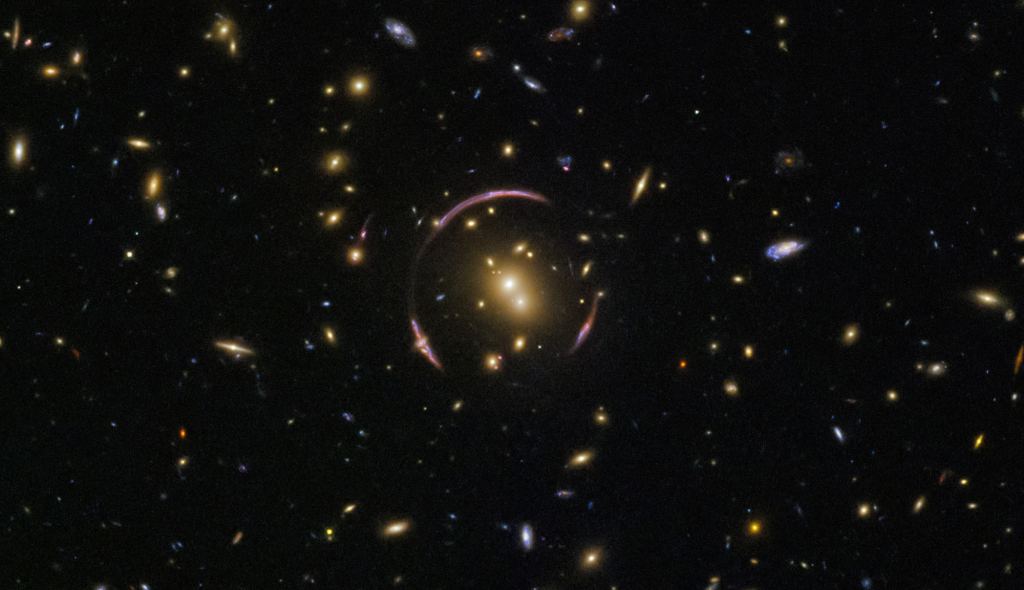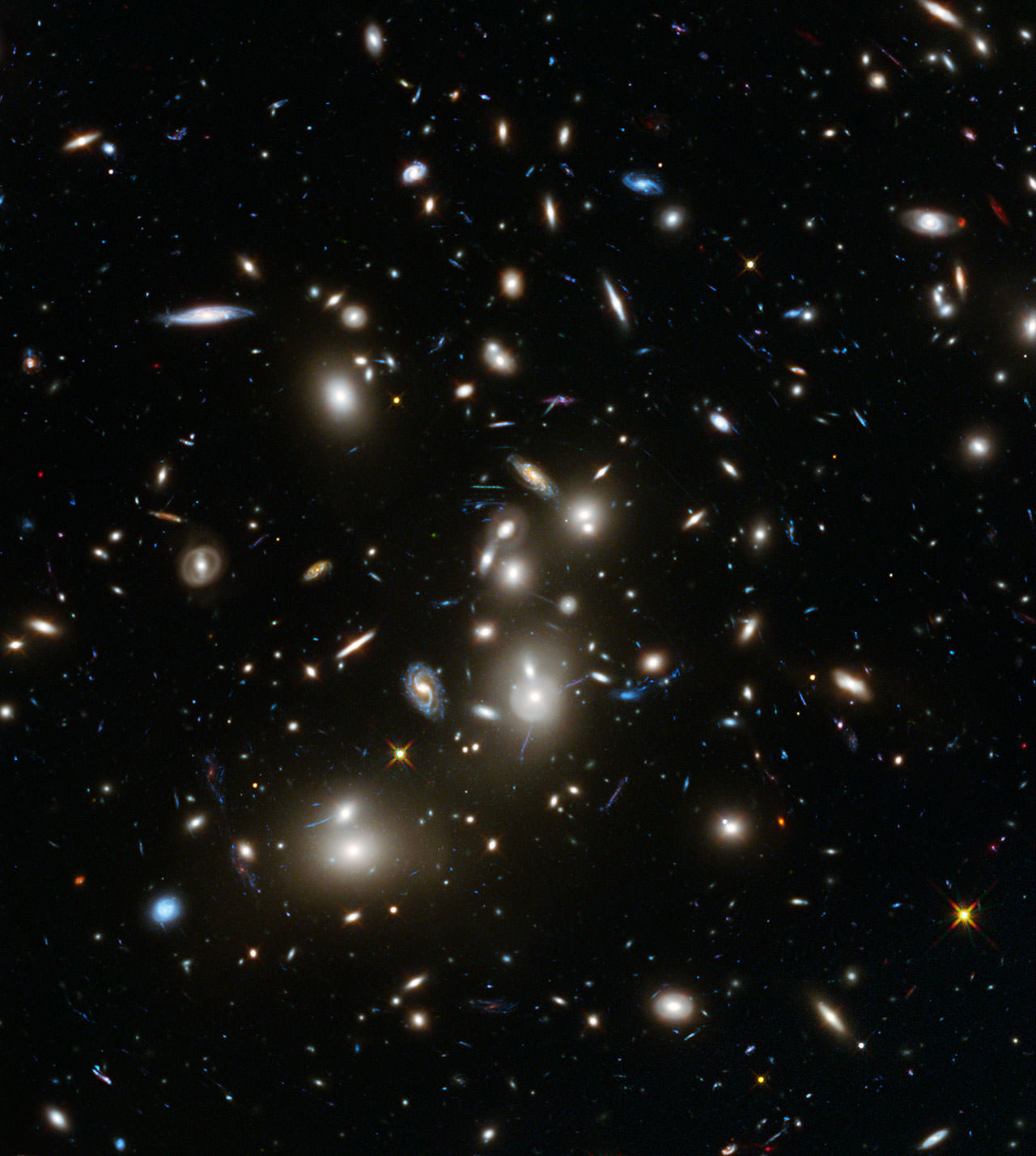Gravity’s a funny thing. Not only does it tug away at you, me, planets, moons and stars, but it can even bend light itself. And once you’re bending light, well, you’ve got yourself a telescope.
Everyone here is familiar with the practical applications of gravity. If not just from exposure to Loony Tunes, with an abundance of scenes with an anthropomorphized coyote being hurled at the ground from gravitational acceleration, giant rocks plummeting to a spot inevitably marked with an X, previously occupied by a member of the “accelerati incredibilus” family and soon to be a big squish mark containing the bodily remains of the previously mentioned Wile E. Coyote.
Despite having a very limited understanding of it, Gravity is a pretty amazing force, not just for decimating a infinitely resurrecting coyote, but for keeping our feet on the ground and our planet in just the right spot around our Sun. The force due to gravity has got a whole bag of tricks, and reaches across Universal distances. But one of its best tricks is how it acts like a lens, magnifying distant objects for astronomy.
Thanks to the general theory of relativity, we know that mass curves the space around it. The theory also predicted gravitational lensing, a side effect of light travelling along the curvature of space and time where light passing nearby a massive object is deflected slightly toward the mass.

It was first observed by Arthur Eddington and Frank Watson Dyson in 1919 during a solar eclipse. The stars close to the Sun appeared slightly out of position, showing that the light from the stars was bent, and demonstrated the effect predicted. This means the light from a distant object, such as a quasar, could be deflected around a closer object such as a galaxy. This can focus the quasar’s light in our direction, making it appear brighter and larger. So gravitational lensing acts as a kind of magnifying glass for distant objects making them easier to observe.
We can use the effect to peer deeper into the Universe than would otherwise be possible with our conventional telescopes. In fact, the most distant galaxies ever observed, ones seen just a few hundred million years after the Big Bang, were all discovered using gravitational lensing.
Astronomers use gravitational microlensing to detect planets around other stars. The foreground star acts as a lens for a background star. As the star brightens up, you can detect further distortions which indicate there are planets. Even amateur telescopes are sensitive enough to spot them, and amateurs regularly help discover new planets. Unfortunately, these are one time events as this alignment happens only once.

There’s a special situation known as an Einstein Ring, where a more distant galaxy is warped by a nearby galaxy into a complete circle. To date a few partial rings have been seen, but no perfect Einstein Ring has ever been spotted.
Gravitational lensing also allows us to observe invisible things in our Universe. Dark matter doesn’t emit or absorb light on its own, so we can’t observe it directly. We can’t take a photo and say “Hey look, dark matter!”. However, it does have mass, and that means it can gravitationally lens light originating behind it. So we’ve even used the effect of gravitational lensing to map out dark matter in the Universe.
What about you? Where should we focus our gravitational lensing efforts to get a better look in the Universe? Tell us in the comments below.


Let’s get FOCAL started already =)
http://www.centauri-dreams.org/?p=785
Brian/Fraser, nice video on one of my favorite topics.
A small quibble concerning the claim “…no perfect Einstein Ring has ever been spotted”. In 1997 infrared observations using the Hubble Space Telescope revealed a complete Einstein Ring in the lensed system B1938+666: http://arxiv.org/abs/astro-ph/9710171
One or two more examples of complete Einstein Rings might also be found among the many new candidate lensed systems discovered in large surveys completed over the past couple of years. A great number of these new candidates await detailed follow-up observations.